Activities
How the outcomes were achieved
- All activities
- New study options
- Additional Experiences
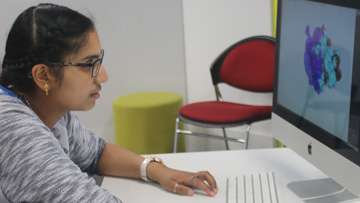 AMSPP collaboration
AMSPP collaboration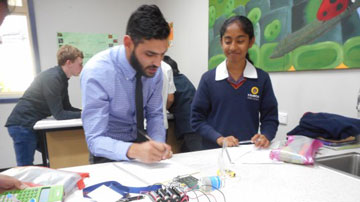 ASELL for Schools - Victorian Node
ASELL for Schools - Victorian Node Back to school
Back to school Communicating Science
Communicating Science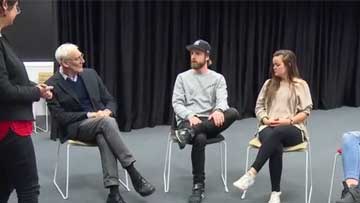 Contemporary Biology and Environmental Science In Education
Contemporary Biology and Environmental Science In Education Contemporary Science Schools Network
Contemporary Science Schools Network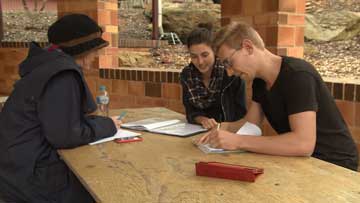 Discovery STEM initiative
Discovery STEM initiative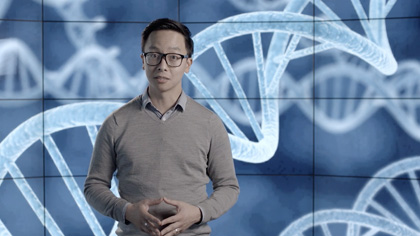 Maths videos
Maths videos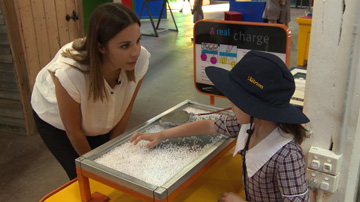 Multidisciplinary Science and Technology in Education collaboration
Multidisciplinary Science and Technology in Education collaboration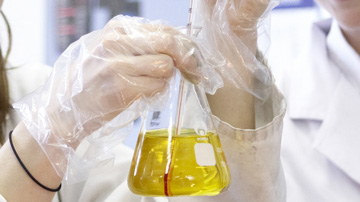 Reconceptualising Chemistry
Reconceptualising Chemistry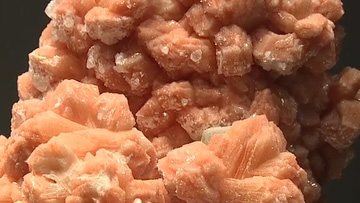 Reconceptualising Rocks
Reconceptualising Rocks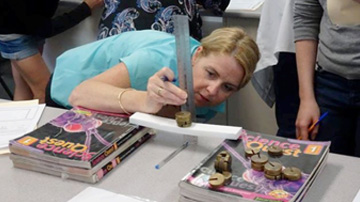 Representing scientific practice at the Institute for Frontier Materials
Representing scientific practice at the Institute for Frontier Materials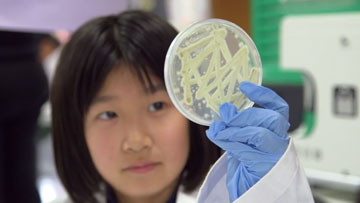 Scientists as Partners in Education
Scientists as Partners in Education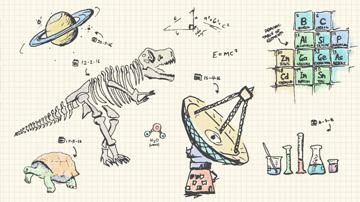 Science Squad
Science Squad
Science in Schools
Science undergraduates from the University of Melbourne visited Albert Park Secondary College and the Gene Technology Access Centre to develop their teaching skills.
Contact
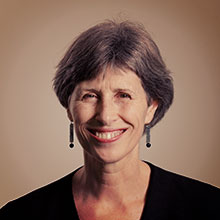
Responds to ReMSTEP innovation(s):
Undergraduate maths and science students engaging with schools.
Specialist science and technology centre collaborations.
Key points
- At Albert Park Secondary College, undergraduates worked with teachers and Year 10/11 students to develop learning materials for Year 7-9 students
- At the Gene Technology Access Centre (GTAC), undergraduates learned from science educators about teaching primary science
Science in Schools was an elective (EDUC90839), run at the University of Melbourne in 2015 and 2016, which brought undergraduate science students into education environments where they developed their teaching skills alongside science educators and teaching staff.
One half of the unit was a series of seminar and assessments providing an understanding of how STEM disciplines are expressed in the Victorian Curriculum, and how they are taught in Victorian schools. In the second half, undergraduates visited one of two locations: The Gene Technology Access Center (GTAC) and Albert Park Secondary College.
At GTAC, undergraduates worked alongside science educators to deliver science programs to primary students. The undergraduates were given the chance to test their communication skills, delivering activities on their own and receiving feedback from the student and the classroom teachers.
When I did science, and particularly chemistry in high school, it was quite boring. Whereas we, going through GTAC, taught students about bees and the cycle of bees and they made it really fun. All the activities were interactive, and they made things interesting ... the kids really liked it and they thought it was fun and interesting, and we balanced that with science content.
At Albert Park, the focus was instead on a “trickle-down” model, where Year 10/11 students and undergraduates worked together with teachers to create science activities for Year 7-9 students. This approach gave students a bigger picture of the way the education works: talking to teachers, seeing education put into practice in Years 7-11, and seeing the VCE approach and how the younger students’ experiences differ from their own.
At Albert Park, students had a great experience- it is a good site for them to be at because there is a real approach at the school to support the next generation of educators that make them feel supported as potential teachers. The school is very flexible in their approach.
This activity came out of an educational need that the Department of Education identified as: The need for additional maths and science teachers in schools with particularly strong skills/knowledge in those areas.
There was a two-fold addressing of this gap:
- The Department wanted teachers with stronger science backgrounds, and
- Master of Teaching educators wanted to broaden teacher’s skills, and to develop how they communicate with different audiences.
It was also useful for scientists at GTAC to see how their particular discipline is addressed education in Victoria.
Learn more
Footnotes:
Sign up to our mailing list to stay informed

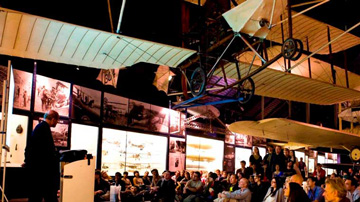 Engaging with practices of contemporary science
Engaging with practices of contemporary science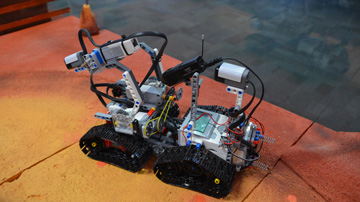 Inquiry science
Inquiry science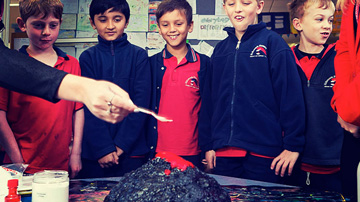 Schools science project
Schools science project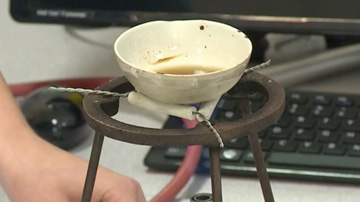 Science in Schools
Science in Schools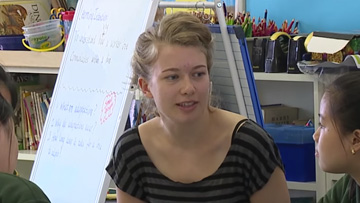 Science and mathematics specialist pathways
Science and mathematics specialist pathways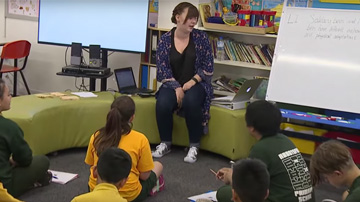 Science and Mathematics in the Classroom
Science and Mathematics in the Classroom